31 Favorite Fruits and the Nutrients They Contain
31 Favorite Fruits and the Nutrients They Contain
Let’s face it, our food preferences are based on taste, not nutrition, which is why fruit is such a great food. Fruit tastes sweet and interesting. They have an agreeable texture, crunchy like apples, smooth like a peach, and juicy like an orange. And most fruits are surprisingly nutritious. Though not as nutrient-dense as vegetables, fruits are an important source of vitamins, minerals, and enzymes. Some fruits are more nutritious than others, but with fruits, as with vegetables and grains, variety is the spice of life. Nutrients that one fruit lacks, another fruit provides. Fructose is the principle sugar in most fruits, though sucrose is the principle sugar in others, such as oranges, melons, and peaches. Fructose is absorbed slowly into the bloodstream, so fruit gives you energy without triggering the ups and downs of the insulin cycle.
Apple: An apple a day may not keep the doctor entirely away, but apples are nutritious, convenient, and always available. Apples get an A+ in fiber content, since they contain a lot of the soluble fiber, pectin, that helps to lower cholesterol. They also contain some cancer-fighting flavenoids. Eating a whole apple is more nutritious than drinking apple juice, since the fiber, vitamins, and minerals may be processed out of the juices. When the flesh of an apple turns brown, it means some of the nutrients have oxidized and are lost. To get the best that any fruit has to offer, eat it fresh.
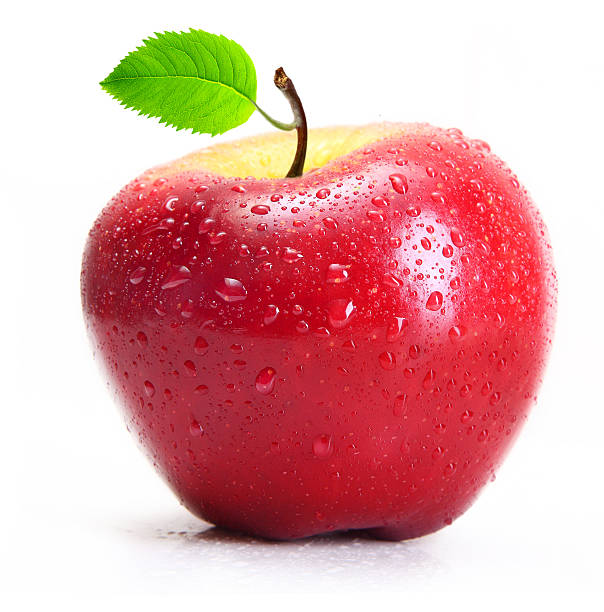
Apricot: Five apricots contain around the same number of calories as one apple, but they have much more protein, calcium, iron, vitamin K, zinc, vitamin A, and folic acid. Apricots are high in beta carotene, as well as potassium and fiber. You’ll find them on our list of the top ten nutritious fruits.!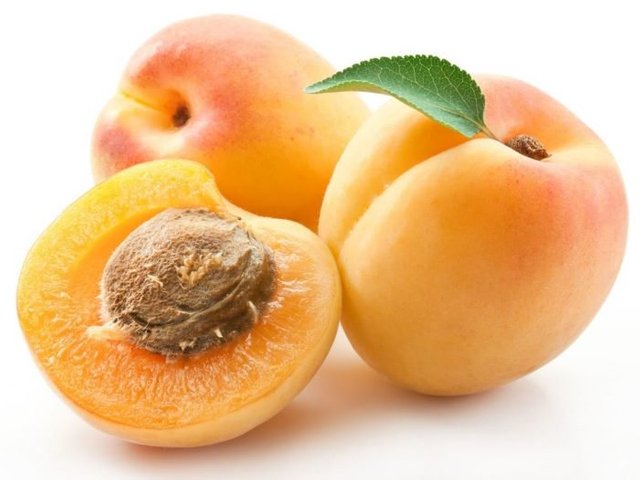
Apricot, dried: Dried apricots are a particularly good source of beta carotene, potassium, and fiber (3 grams per 10 dried apricot halves). When purchasing dried apricots, read the label. Preservatives, such as sulfites or sulfur- dioxide, are often used to maintain apricots’ orange color. These will be listed on the label. Sulfites can be an allergen for some people. You can purchase sulfite-free apricots in health food stores. Even though they are a less appealing, brownish color, they are equally nutritious. It is not worth consuming extra sulfites just so the apricots look more orange.
(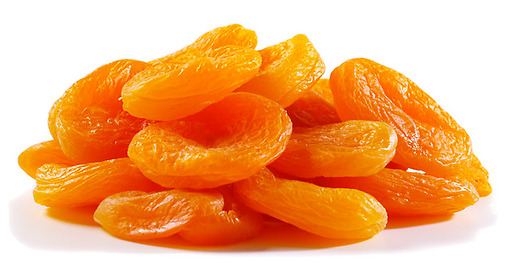 )
)
California Avocado: Avocados are usually thought of as a vegetable, but they are really a fruit, with a great amount of nutrition. A one-ounce serving (one-fifth of a medium California avocado) is naturally sodium-free and cholesterol-free. They also contain nearly 20 vitamins, minerals, and beneficial plant compounds – such as B vitamins, vitamin A, vitamin E, potassium, folate, and fiber – making avocados a nutrient-rich option for your diet. Notably, avocados provide two important nutrients that are lacking from most Americans’ diets: potassium and fiber. Dietary potassium can help lower blood pressure by blunting the adverse effects of sodium, and dietary fiber may help reduce the risk of cardiovascular disease, obesity, and type-2 diabetes, as well as help provide a feeling of fullness. While avocados get the lion’s share of their calories from fat, 75% of the fat is from heart-healthy unsaturated fats with no cholesterol, making them a great substitute for foods high in saturated fat. Replacing some saturated fatty acids with unsaturated fatty acids has been shown to lower both total cholesterol and low-density lipoprotein (LDL) cholesterol levels. Because avocados are so nutrient-dense, we included them in our top twelve foods as well as in our “Top Ten Fruits” list.
Buying and serving tips. Avocados ripen after picking. Buy the avocado when it is under-ripe, meaning it is firm, but not hard – squeezing it gently does not leave a dent. Store avocados at room temperature for three or four days until they are soft enough to dent on squeezing. To speed ripening, place the avocados in a paper bag and store at room temperature until they are ready to eat (three to five days). Including an apple in the bag speeds up the process even more. For easy eating, halve the avocado by running a knife lengthwise around the middle of the avocado. Hold the avocado in both hands and twist at the cut. The halves will separate easily, leaving the pit in one half. Spoon out the flesh and enjoy. Mash avocados into dip for children. For adults, add tomatoes, onion, and garlic to make guacamole.
Storing Guacamole or Half an Avocado Avocado turns brown after it’s been exposed to air. To prevent this, sprinkle lemon or lime juice on the cut side of half an avocado and cover it tightly with plastic wrap. Include lemon or lime juice in your guacamole recipe to keep it from turning brown.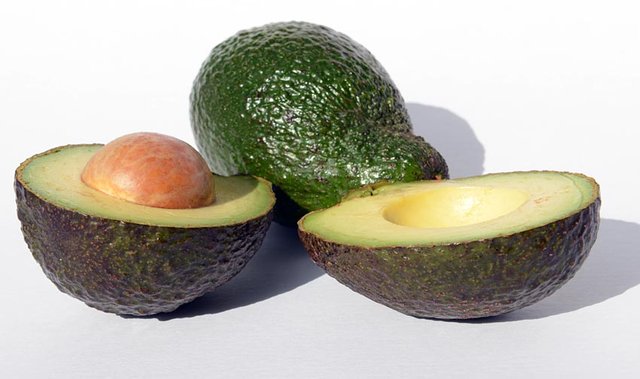
Banana: Bananas mash easily for baby food and blend nicely into a sweet smoothie. They contain a lot of potassium, so eating a daily banana is helpful to people on certain medications, such as diuretics, which may deplete the body of potassium. Even though most bananas are imported, the easy-to-peel feature of bananas makes it easy to peel the pesticides off.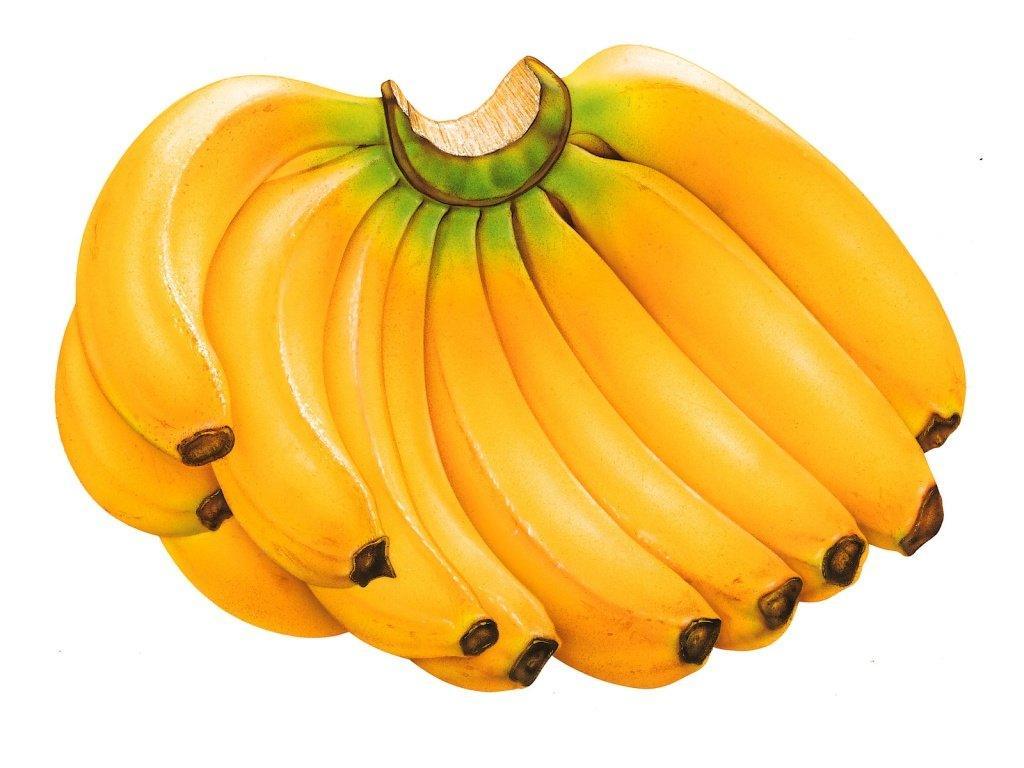
Blueberries: On the surface, blueberries don’t seem to pack any particular standout nutrient. Yet recent studies have shown that blueberries have healthy stuff in their skin, an antioxidant, cancer-fighting phyto, called anthocyanin . Blueberries are an excellent fruit for making smoothies. Their sweet taste and rich purple color give any smoothie a more appealing taste, texture, and color.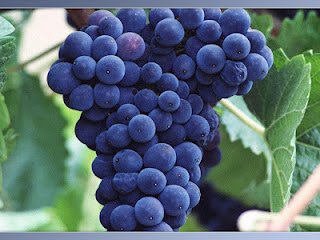
Boysenberries: Boysenberries are a great source of fiber.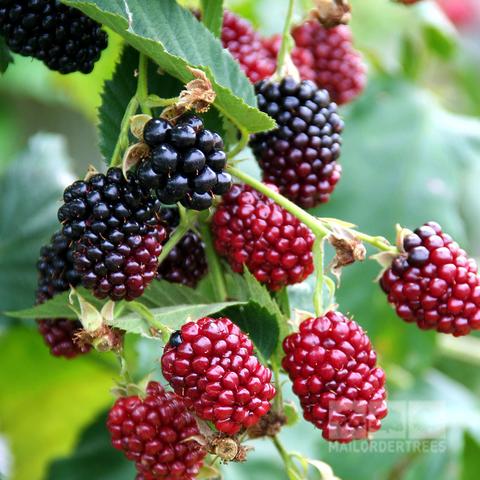
- Cantaloupe. Cantaloupes are high in vitamin C, beta carotene, and potassium.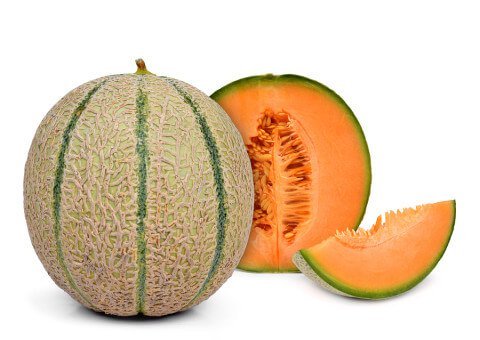 )
)
Cherries: Cherries contain some beta carotene, and sour cherries contain more beta carotene than sweet cherries.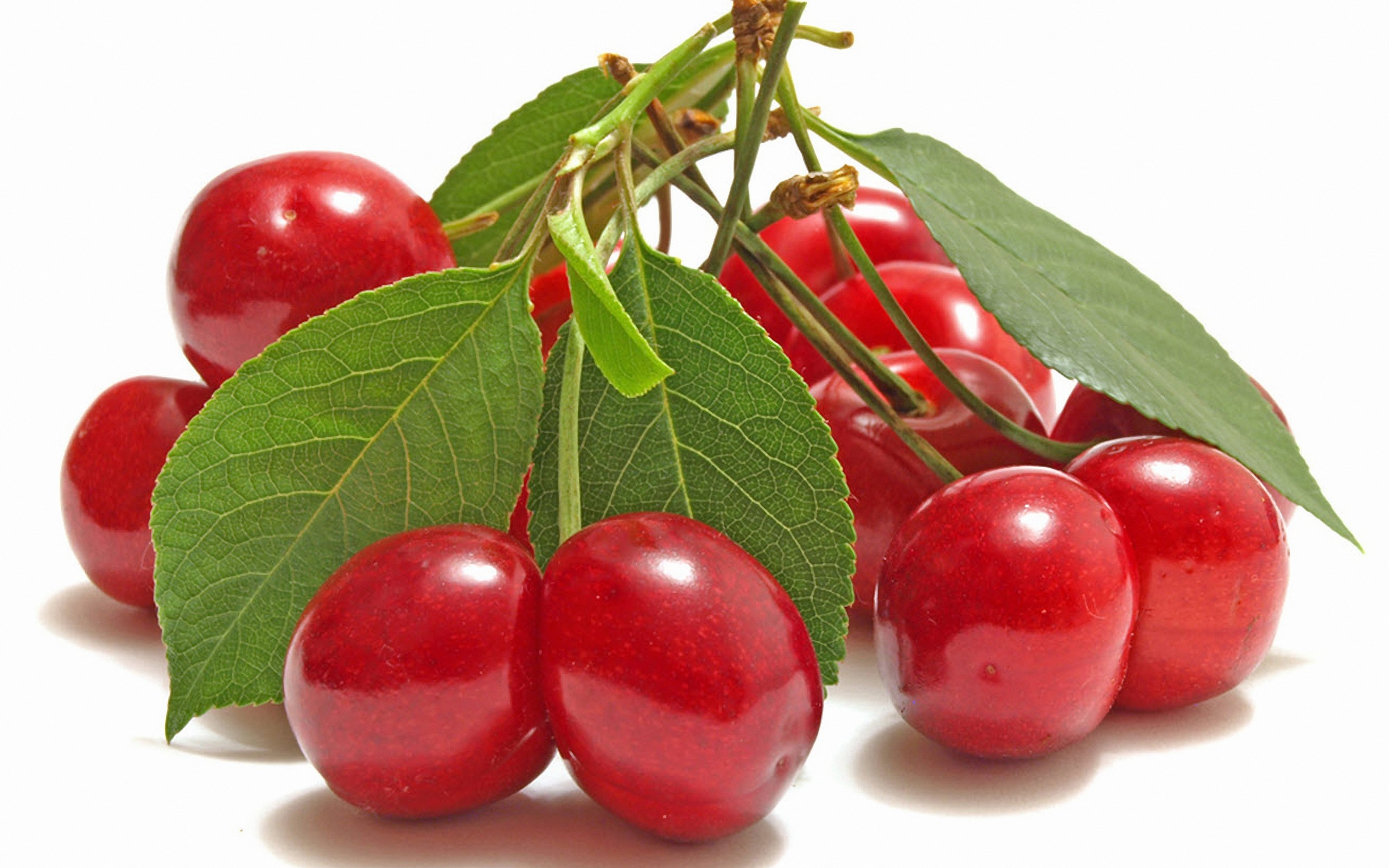
- Dates. Dates are a good source of fiber, iron, and niacin.
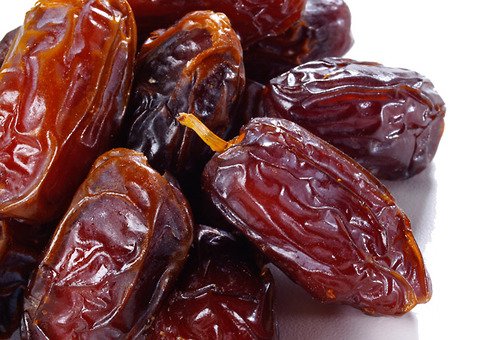
Figs, dried: Dried figs are high in calories and high in carbs, but they also contain abundant amounts of other nutrients, such as calcium, fiber, protein, and potassium. They make an excellent snack and add fiber when they’re chopped up and included in cookies. Because of the high fiber and high calcium content, they get an honorable mention on our “Top Ten Fruits” list. Their high carbohydrate and sugar content could be a drawback for sugar-sensitive individuals, but for athletes, figs would be a great addition to a pre-game meal.!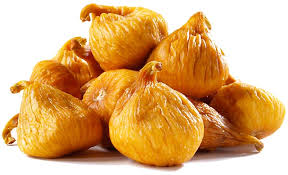
Grapefruit: Grapefruit is a great fruit, low in calories, high in fiber, with lots of vitamin C. If you get the pink or red variety instead of the white, grapefruit is also rich in beta carotene. Half the fiber is the insoluble type (good for the intestines) and half is soluble pectin fiber (good for the heart). Remember, though, that a lot of fiber is in the stringy walls that separate the segments. If you’re digging out grapefruit segments with a spoon, you’ll miss out on much of the fiber.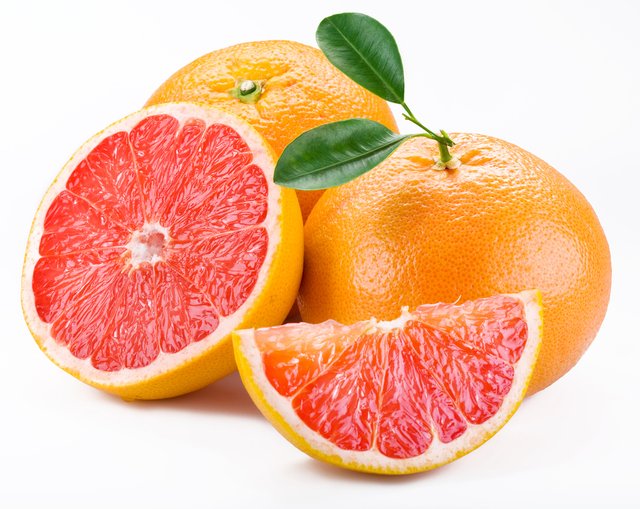
Grapes: The skin of red and purple grapes contain cancer-fighting anthocyanin pigments, similar to the ones in blueberries. Green, seedless grapes are not exactly nutritional standouts, but kids love to snack on them, especially on hot days. They’re a popular alternative to soda or candy.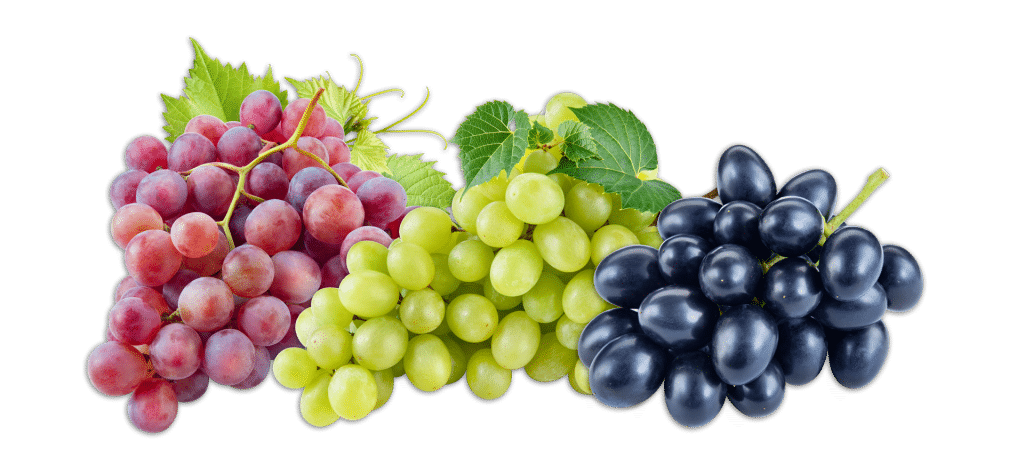
Good Grapes
Red wine has recently been touted as a health food because of studies showing a lower incidence of cardiovascular disease in cultures that drink a lot of red wine. Red wine may help to lower cholesterol. Yet, the health properties are probably not in the alcohol , but in the grapes. Grape skins contain resveratrol , a substance that can lower cholesterol and prevent fats in the bloodstream from sticking together and clogging arteries. Eating grapes, drinking dark grape juice that is made with skins, or eating raisins may be just as heart-healthy as drinking wine, without the health hazards of alcohol.
Eating the whole fruit is better than drinking the juice of the fruit, especially if you are watching your weight. A cup of apple juice contains around 115 calories with minimum nutrition, yet a medium-size apple has only 80 calories with a lot more nutrition. With the whole fruit you get the filling effect of fiber, so you tend to eat less. Juice goes down quickly, so you tend to want more.
Guava: Guavas are hard to find, but gobble them up when you can. They rate high among the fruits for fiber and vitamin E. Guava juice is readily available in the juice section of most supermarkets, yet it contains added corn syrup, diluting the nutritional value compared to the raw fruit.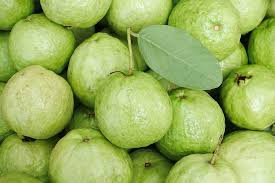
Honeydew melon: Honeydew melon is not nearly as nutritious as cantaloupe. Cantaloupe contains half the number of calories, nearly twice the protein, slightly more fiber, more calcium, and a lot more beta carotene, compared with only a trace in honey-dew.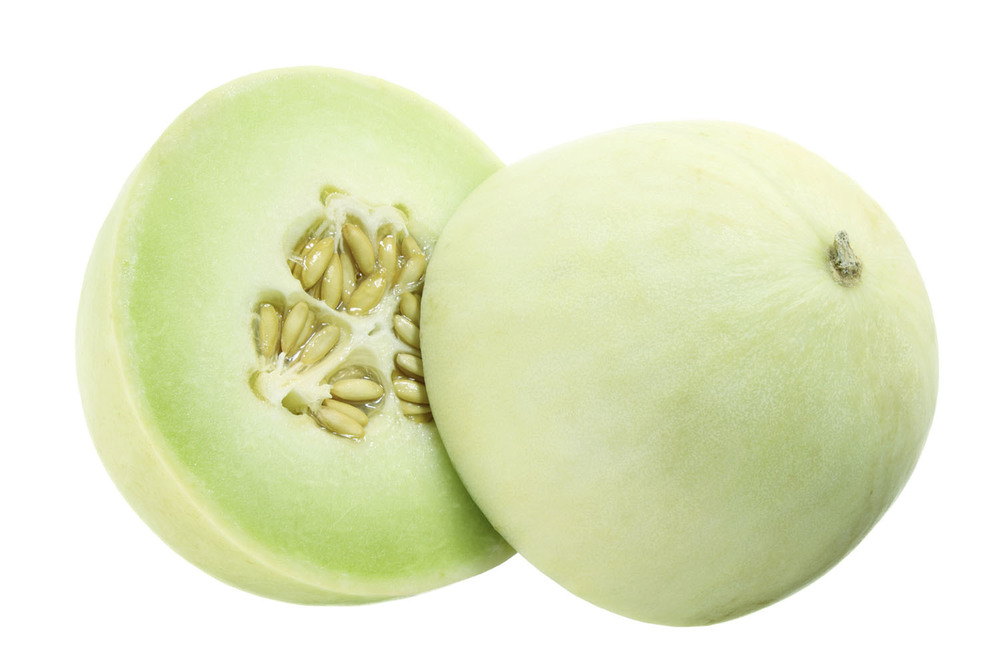
Kiwi: Kiwi is a great source of vitamin C. Try cutting it in half and eating it out of the peel with a spoon.
!
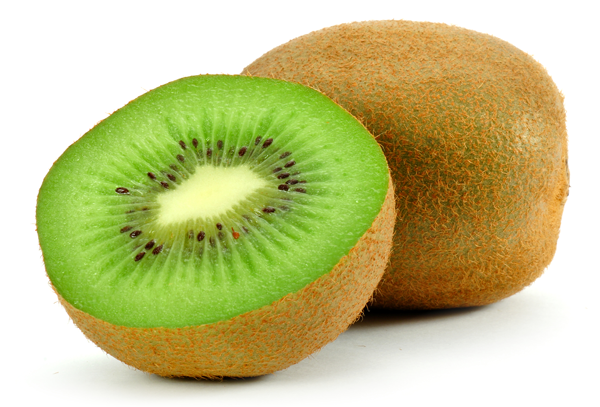
Lemon and lime: Lemons and limes are a moderately good source of vitamin C, with lemons containing about one-third more vitamin C than limes. Lemon and lime juice add flavor to dishes, which can be helpful if you’re cutting back on salt.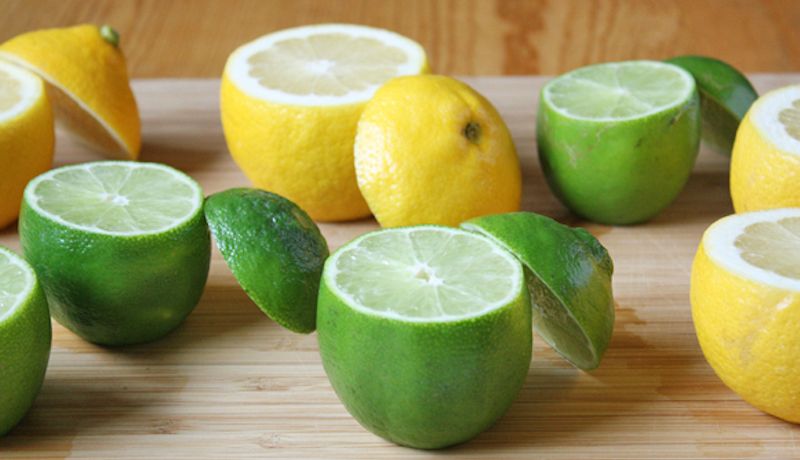
Lemon acts like an antioxidant to keep cut fruit from quickly oxidizing (turning brown). Sprinkle lemon juice on apple slices and California avocado halves or guacamole to preserve their freshness.
Mango: Mangoes are high in fiber, high in beta carotene (similar to apricots and cantaloupe), high in vitamin C — but much higher in calories than equal servings of similar fruits, such as cantaloupe and papaya.
Orange: Oranges are known for their vitamin C content, but they’re also a good source of folate and fiber. They even contain some calcium. As with grapefruit, the white membrane under the skin of the orange contains more vitamin C than the flesh and a lot of the pectin fiber. When peeling the orange, try to leave the white inner peeling on and eat it with the flesh (if you don’t mind the slightly bitter taste).
Papaya: High in calcium, folic acid, vitamin C, fiber, and carotenoids, this near-perfect fruit is becoming more widely available and affordable.

Peach: The best peaches are tree-ripened and therefore locally grown. They contain some carotenoids and a tiny bit of vitamin C.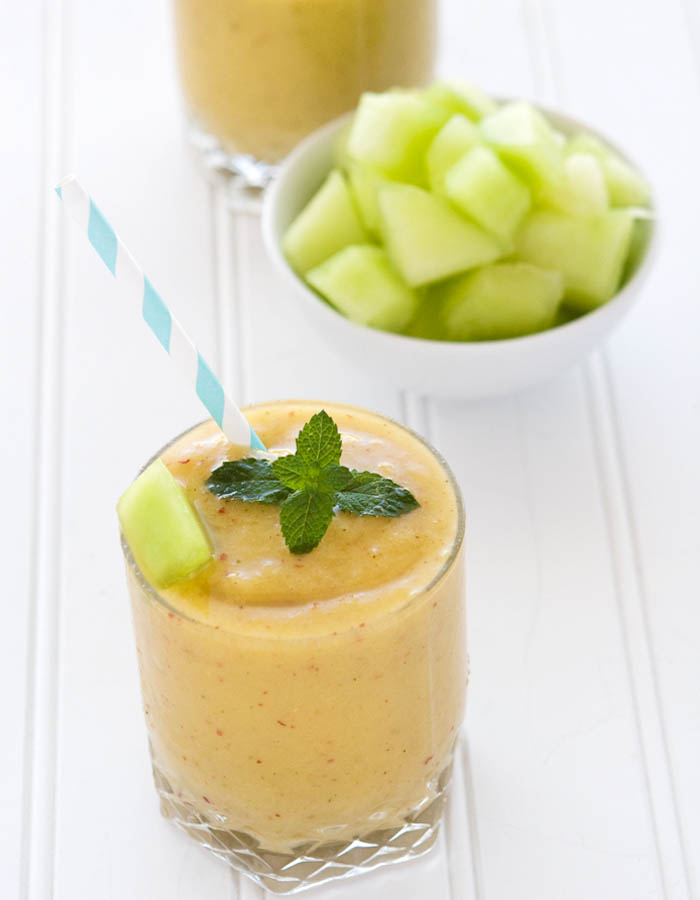
Pear: A high sorbitol content, plus extra fiber, makes pears ideal for persons suffering from constipation. Most of the vitamin C in pears is concentrated in the skin, as is some of the fiber, so peeled, canned pears are less nutritious than fresh.
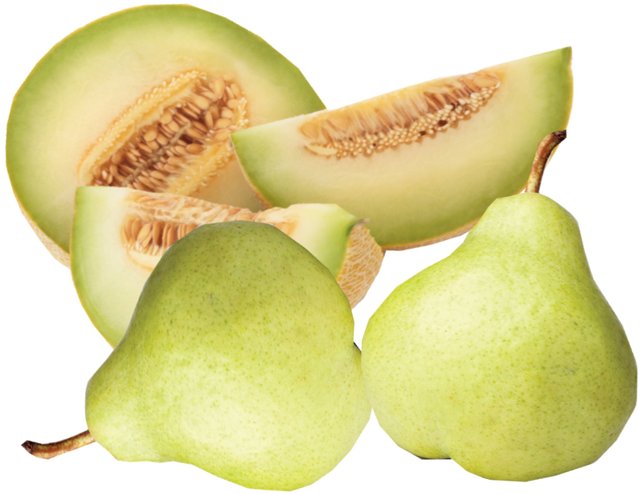
Persimmons: Persimmons are high in fiber, carotenoids, and vitamin A. Some varieties are extremely high in vitamin C.
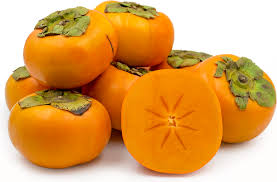
Pineapple: Its claim to fame is that it’s the fruit highest in the essential nutrient, manganese, and that it has digestive enzymes, as does papaya.!
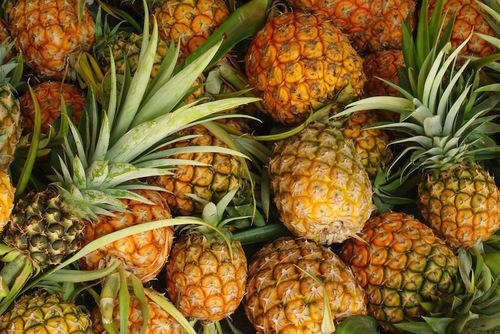
Plum: Plums contain a bit of carotenoids and some vitamin C. There are many varieties from which to choose.
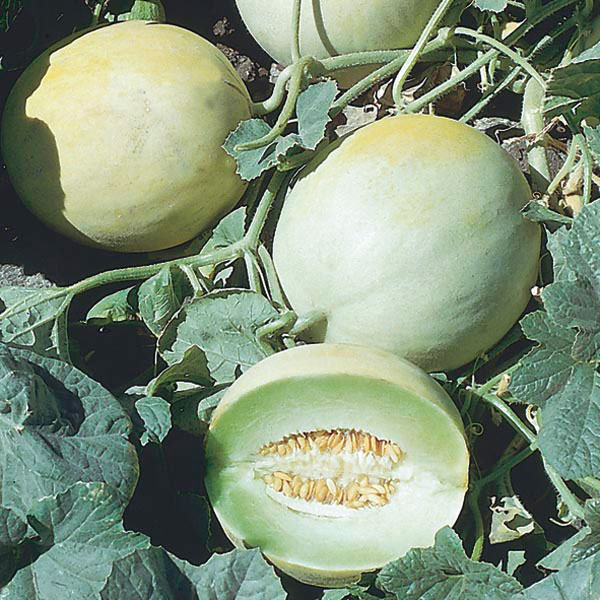
Prunes: Prunes get an honorable mention on our “Top Ten Fruits” list because they contain at least some of many different important vitamins and minerals. Compared with other fruits, prunes are especially high in fiber (half of it the soluble type), protein, potassium, vitamin A, vitamin E, calcium, and iron. They contain a touch of zinc and niacin, and some prunes even contain a bit of beta carotene. Prunes are known for their ability to move the intestines, thanks to their high fiber content and large amounts of the stool-loosening sugar, sorbitol.

Raisins: This favorite snack food is high in fiber and iron but also high in calories and sugar. You can get the iron and fiber at a lower caloric cost in other fruits.
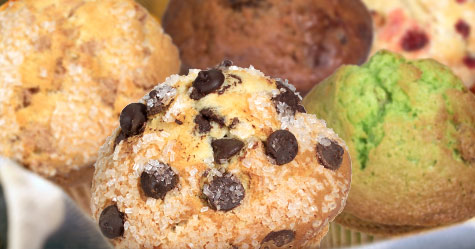
Raspberries. Of all the fruits, raspberries pack the most fiber into the fewest calories. They’re also higher in folic acid and zinc than most fruits. It is difficult to wash raspberries thoroughly, making pesticides a concern.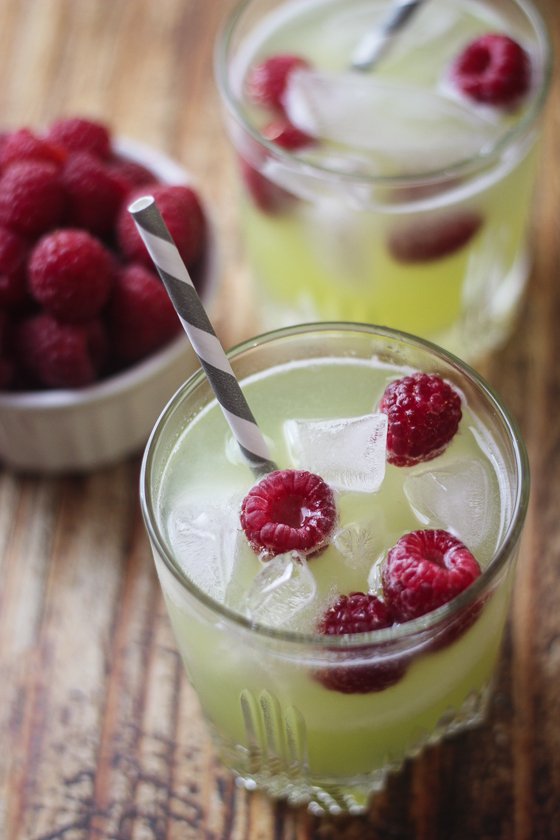
Strawberries: Strawberries have two nutritional claims to fame: they are higher in vitamin C per calorie than any other fruit and they are high in fiber. Like raspberries, strawberries lose points because of the pesticide issue. You don’t peel them and because of their rough texture, they are hard to clean. Only organic strawberries make it onto our “Top Ten Fruits” list.

Tangerine. This member of the orange family contains much less vitamin C, folate, and fiber than an orange, but more vitamin A and carotenoids.
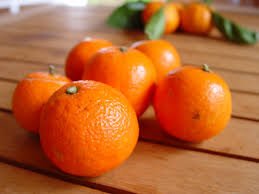
Watermelon: Watermelon is the top fruit source of the carotenoid antioxidant lycopene.

Colorful berries (blueberries and blackberries) are full of phytonutrients (especially the skin of blueberries) which contains powerful antioxidants, called anthocyanins (from the Greek for “dark blue flower”), and cancer fighters. Blueberries are a prime example of our color rule: the deeper the color, the better the berry. Similar antioxidants are found in other reddish-purple fruits and plants, such as cherries, red cabbage, and plums. These are the type of antioxidants that are responsible for the much-touted heart-healthy effect of red wine. (You could probably get the same health benefits from munching on red grapes.) Blueberries have the highest antioxidant capacity, mainly because of the high level of anthocyanins in the blueberry’s skin. Bilberries have anthocyanins in the flesh as well as in their skin. All blueberries are not created equal. The smaller, wild blueberries have more skin and less water than the plump, cultivated blueberries. Because most of the health-promoting pigment is in the skin, the smaller the berry, the more anthocyanins. When it comes to these blue benefits, bigger is not better. Blueberries are great in pancakes, muffins, over cereal, and blended into smoothies. The health properties of these often underrated berries are well worth the stain you may get on your fingers.
Thank You Every One.
You should check out this contest. You can join and win SBD! Read the rules and information then get started! I look forward to reading your submission for the contest!
https://steemit.com/minnow-contest/@average-joe/enter-the-minnow-contest-and-win-some-sbd-getting-minnows-and-all-users-involved-contest-1
Make sure to follow the rules for your submission to be accepted
Nice post..keep it up...
Congratulations @ana99! You received a personal award!
Click here to view your Board
Congratulations @ana99! You received a personal award!
You can view your badges on your Steem Board and compare to others on the Steem Ranking
Vote for @Steemitboard as a witness to get one more award and increased upvotes!